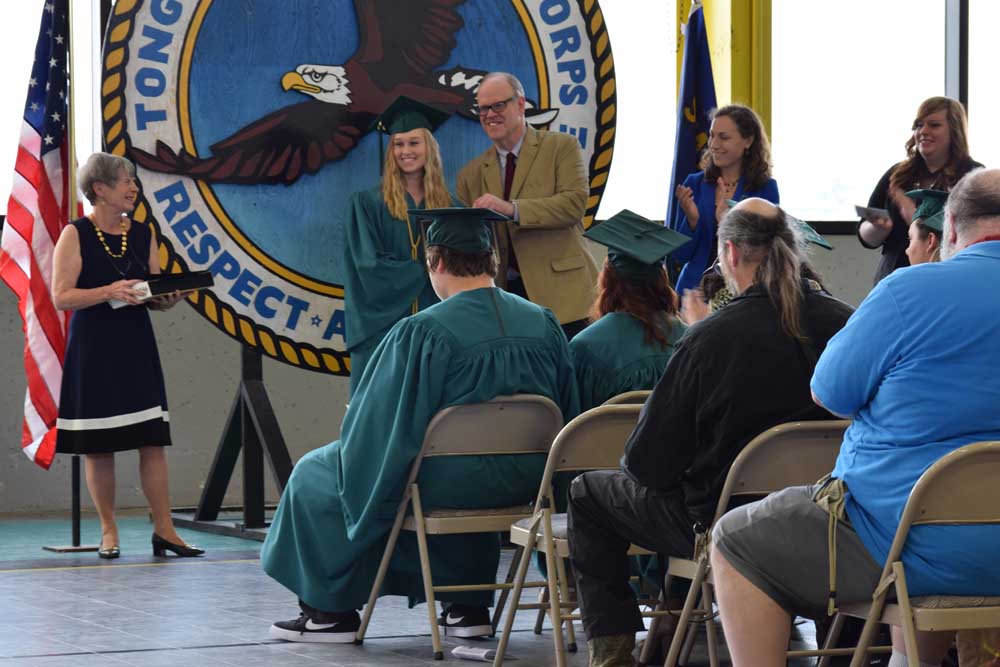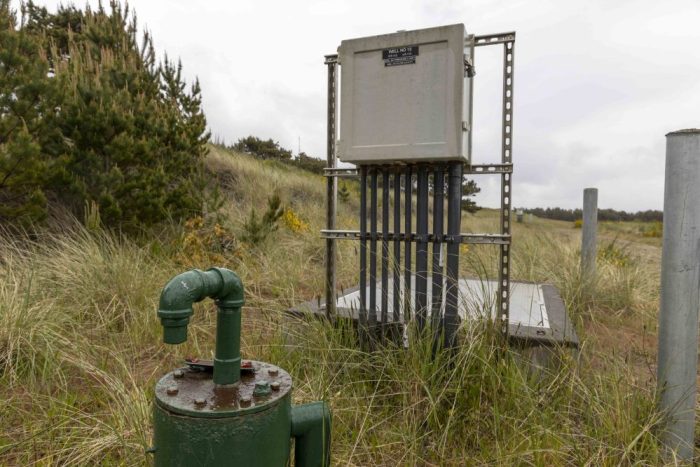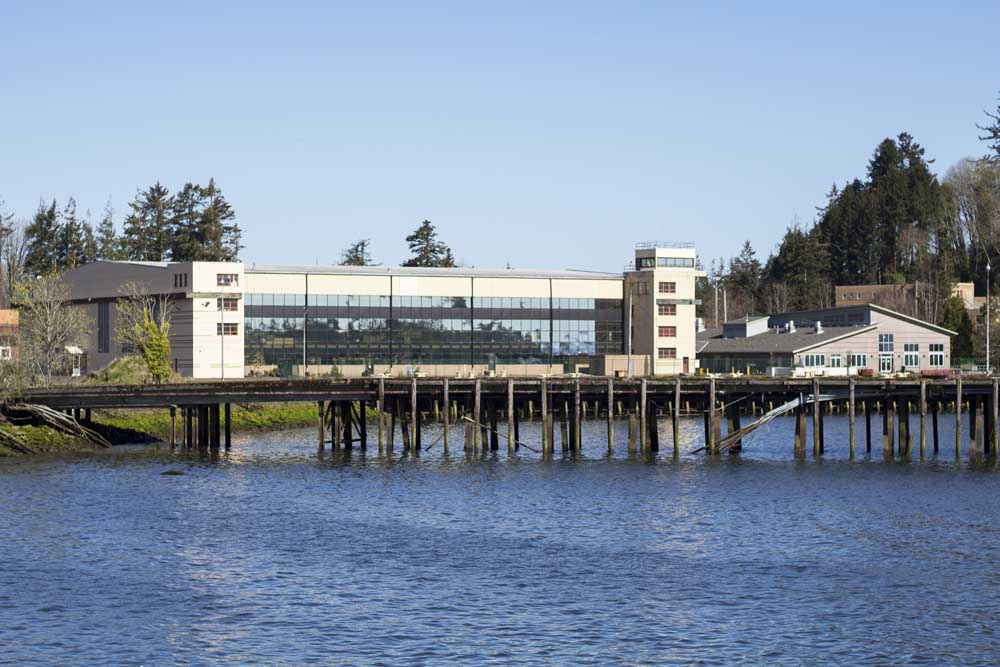Our View: Park expansion holds promise
Published 12:30 am Thursday, September 28, 2023

- In 2012, Jim Sayce, left, the then-Middle Village and Station Camp project liaison with the Washington State Historical Society, and David Szymanski, then-superintendent of Lewis and Clark National Historical Park, stood atop an overlook that describes the past and present of the Chinook Nation as well as the area’s general biology.
Commenting 19 years ago, we said of the then-new Lewis and Clark National Historical Park and its Pacific County components that, “Little of great significance happens quickly in this world. … The process of creating new areas to commemorate Lewis and Clark’s visit to the mouth of the Columbia River is moving at a relatively measured pace.”
“Measured pace” turned out to be an understatement. It ended up taking nearly two more decades to achieve the goal we were then describing: Preserving a valuable chunk of undeveloped land around the park’s Station Camp-Middle Village unit east of Chinook, Washington.
Naselle writer and historian Rex Ziak in 1997 made a convincing argument in the Chinook Observer that that Station Camp was the culmination of the explorers’ transcontinental adventure. It was a site of prime importance that had been largely neglected. Thanks to Ziak and a host of others, that omission was soon to be corrected.
The expedition’s weeks in what would eventually become Pacific County were a time of struggle and rousing adventure — here, they came as close as they ever did to dying. The campsite they called Station Camp went on to become the setting of the vote about where the explorers would spend the winter. That choice, in which Sacagawea and the slave York were included, inspired historian Dayton Duncan to call this place “the Independence Hall of the West.”
Significant as those 1805 events were in United States history, they were but a small sliver in the site’s thousands of years of importance as the location of Middle Village, a principal landmark of the mighty Chinook civilization. For the tribe’s many living descendants, it possesses enduring symbolic value — a place alive with meaning and memories.
It’s also the site of McGowan, one of the Columbia River’s earliest salmon canneries, and historic in its own right. The many McGowan descendants have been essential to the creation and expansion of the national park, having first donated to the American people the 7.57 acres of the existing interpretive site, and now agreeing to sale and conservation of much of the surrounding forest.
As initially planned back around the Lewis and Clark Bicentennial, funds for this important purchase came from the Land and Water Conservation Fund — not general tax receipts. Even so, it must be said that congressional support for parks comes off as squishy. No doubt partly because of funding constraints, the National Park Service leaves a void when it comes to programs involving its Pacific County properties.
This vacuum is likely to continue, with only the parks-owned McGowan Church occasionally seeing signs of activity under auspices of the Roman Catholic diocese. No immediate changes are contemplated in the newly expanded Middle Village park unit, but we hope future years see the tribe’s modern presence woven into it. It would be good to imagine the spirits of their ancient ancestors celebrating with them, and even better to think of young people being imbued with an understanding of this site that stands at the intersection of history, a home known to the Chinook as Qiyawaqilxam.
President Thomas Jefferson was the first political leader to understand the importance of exploring the American West and forming alliances with the Indian tribes along the way. His sponsorship of the expedition co-captained by his personal assistant, Meriwether Lewis, set the stage for many of the triumphs and tragedies that followed.
In contrast to the often appalling abuses heaped on Indians in the following decades of rapid westward expansion, during the expedition’s weeks here in November 1805 it was still possible to imagine some other outcome. If only Jefferson’s curiosity and respect could have carried on, perhaps some of the worst cruelties might have been avoided.
Middle Village has a potential of aiding the healing process. We hope this happens sooner rather than later.





